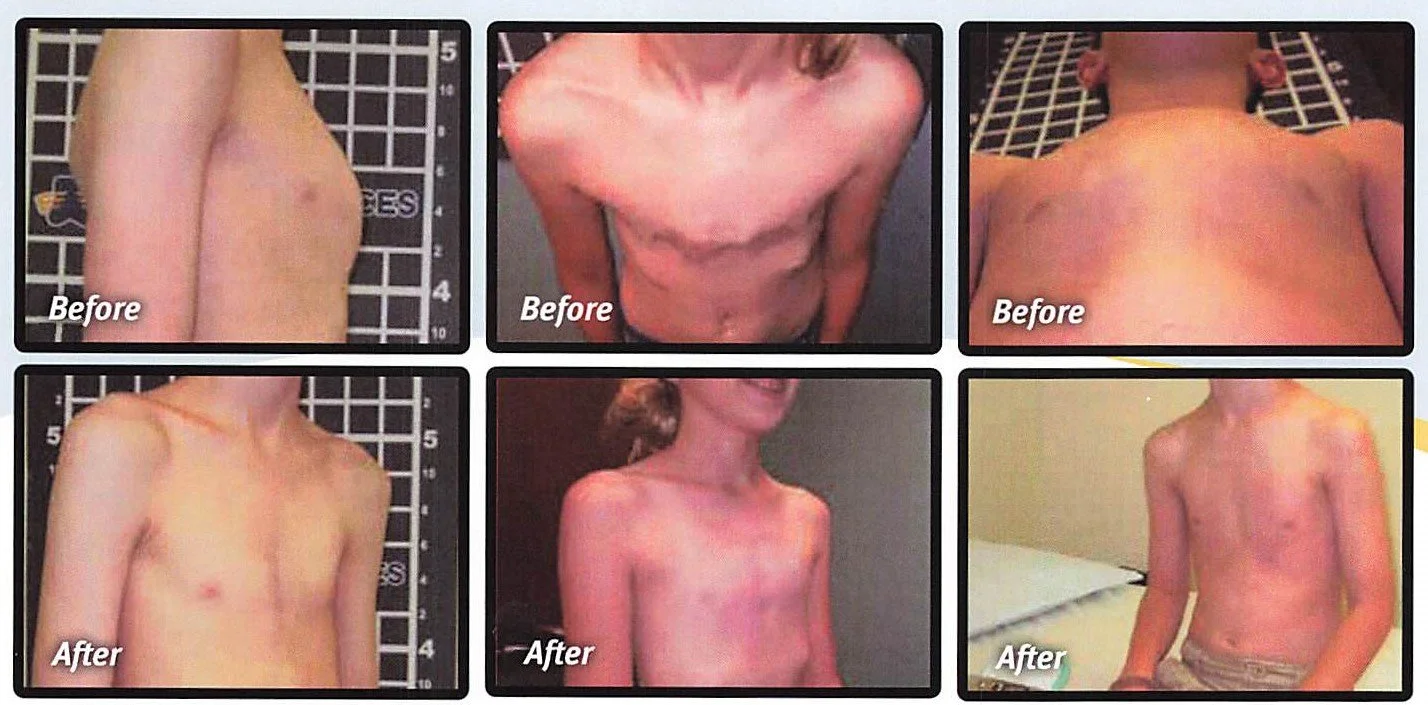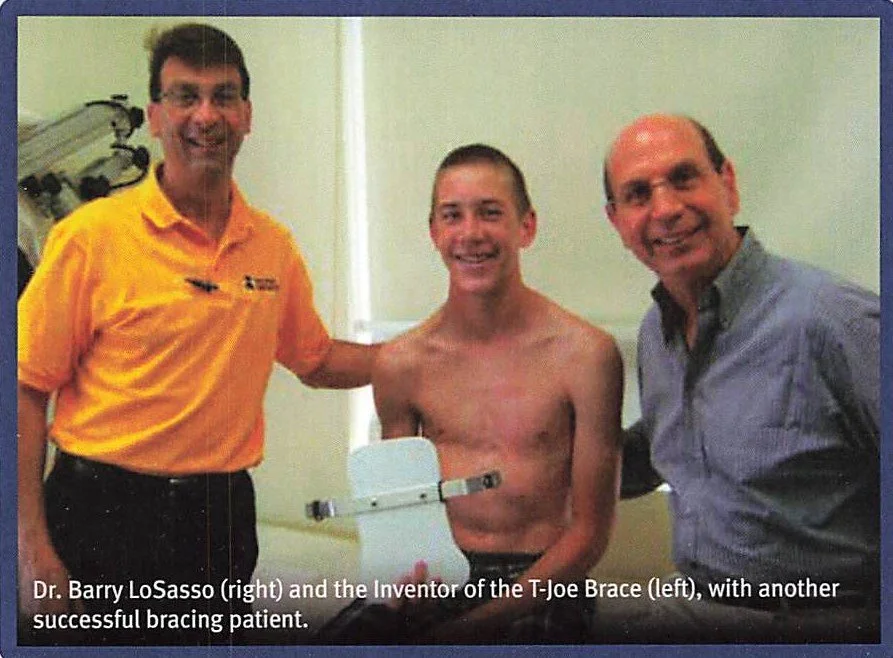
Pectus Carinatum
What is pectus carinatum?
Pectus carinatum is a deformity of the chest wall that causes the breastbone to protrude outward rather than flat against the chest wall. It’s sometimes referred to as a keel chest or a pigeon chest. Sometimes the deformity isn't noticeable until after the adolescent growth spurt. There may be asymmetry of the chest and the sternum may be rotated. For most children and teens, the main issue with pectus carinatum is aesthetic.
What causes pectus carinatum?
The deformity is thought to be caused by excessive growth of the costal cartilages, although the reason for this is unknown. This overgrowth causes the ribs and cartilages to ‘buckle’ and pushes the sternum either inwards or outwards. Musculoskeletal abnormalities that are associated with pectus deformities are scoliosis (lateral curvature of the spine), Marfan’s syndrome (an inheritable disorder of the connective tissue), and Poland’s syndrome. Most of the time, pectus carinatum becomes more prominent in children as they enter puberty. It’s possible that it won’t be detected until they’re in their adolescent years.
Diagnosis
Physical examination is a common way to identify pectus carinatum, but you may also require a chest X-ray to rule out this condition. In some circumstances, a CT or MRI scan may be used as well.
Will pectus carinatum go away on its own?
Pectus carinatum is a long-term condition that will not go away on its own. By itself, pectus carinatum is not dangerous. It does not cause any symptoms other than the abnormal appearance of the chest, and having it will not make you sick or shorten your lifespan. Some believe that specific exercises and weight lifting will reduce the appearance of this deformity
What are the treatment options for pectus carinatum?
Pectus carinatum does not require treatment unless it is causing other conditions. For most cases, treatment is not be necessary. There are generally two ways of treating pectus carinatum:
Bracing: If you have mild pectus carinatum or flexible bones, it may be recommended that you wear a brace to correct the protrusion. A custom fitting circumferential external brace is usually worn for 14 to 16 hours per day until linear growth is complete or for a minimum of 2 years. This constant pressure causes the cartilage to gradually reshape. On a case-by-case basis, Dr. LoSasso will determine the amount of pressure that will be necessary to address the problem while using the brace. Within a few months, you should be able to observe results.
Surgery: pectus carinatum can be corrected surgically using the Modified Ravitch Procedure. This involves an incision across the chest to open the chest wall and gain access to the ribs. The deformed cartilages are then removed from each side of the chest.
Prognosis
With the use of a chest brace, children with pectus carinatum have a good chance of having a normalized chest. The ribs’ external appearance may frequently be reversed with the help of braces. In some situations, surgery may be needed to correct the deformity, especially in the adult population.


